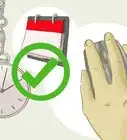This article was co-authored by Vote.org and by wikiHow staff writer, Megaera Lorenz, PhD. Vote.org is a 501(c)(3) nonprofit that uses technology to simplify political engagement, increase voter turnout, and strengthen American democracy. In particular, it aims to reach underserved voters, and has established itself as one of the most trusted and acessible online resources for registering to vote and understanding how to cast your ballot.
There are 28 references cited in this article, which can be found at the bottom of the page.
This article has been viewed 199,429 times.
Primary elections are an important part of the democratic process in the United States. During a primary, you’ll have a chance to choose which candidates will go on to compete in general elections at the state and national levels. In 2020, the Presidential primaries will take place across the country between February 3 and June 7. In order to participate in your local primary, you’ll first need to register to vote. Depending on whether your state has open or closed primaries, you may or may not need to declare a party affiliation. A few states vote by caucus rather than by ballot, so check your local election website first to find out what to expect. Before you head to the polls, research the candidates and their issues so you can be an informed voter.
Steps
Registering to Vote
-
1Look into your state’s voting eligibility laws. Before you vote, make sure you meet your state’s eligibility requirements. In order to meet the minimum eligibility requirements in all states, you must be a U.S. citizen, meet your state’s residency requirements, and be at least 18 years old.[1] Look up more specific information for your state at https://www.vote.org/voter-registration-rules/.
- In some states, such as Illinois, you can participate in a Primary Election if you’re 17 years old as long as you’ll be 18 by the time of the General Election.[2]
- If you’re not 18 years old yet, go to https://www.vote.org/pledge-to-register and sign up to receive a reminder text on your 18th birthday. The text will include a link where you can register to vote.
- You may not be eligible to vote if you’ve been convicted of a felony or committed by the state. Visit your local election website to find out more about eligibility laws in your state. If you have a felony conviction, you can learn more about your voting rights here: https://campaignlegal.org/restoreyourvote.
Tip: The law in some states limits the voting rights of people with certain types of mental illness.
-
2Look up your registration deadline on Vote.org. Some states require you to register as early as 1 month in advance of the Primary Election, so make sure you meet the deadline.[3] Visit https://www.vote.org/voter-registration-deadlines/ and scroll down for information specific to your state.
- Many states now allow same-day or Election Day registration. Even if you miss the deadline, you may still be able to register and cast a ballot on Election Day or during early voting.
- In 2020, the U.S. Primary Elections will take place between early February and early June. Check an election calendar like the one available from the New York Times so you’ll know when your primaries take place and you can begin planning in advance.[4]
- If you’re in the military or will be overseas at election time, your registration deadline may be different.
Advertisement -
3Visit Vote.org to check your registration status. If you’re not sure whether you’re already registered, you can go to https://www.vote.org/am-i-registered-to-vote to find out about your current status. Fill out the required information on the form and then click the “Check your registration” button.
- You’ll need to enter information such as your name, date of birth, and street address.
- You can also check your registration status at https://www.nass.org/can-I-vote. In addition to displaying your registration information, this site will give you information about your early voting and election day polling locations.
- If you have questions about your registration status, contact your Local Election Official. You can find a directory on the Overseas Vote Foundation website: https://www.overseasvotefoundation.org/vote/eod.htm.
-
4Gather the information you need to register. In order to register to vote, you may need to provide some identifying information as well as proof of residency. You can either provide this documentation when you register or present it at the polls when you go to vote for the first time. Check your state’s election website or visit https://www.vote.org/voter-id-laws/ to find out what information you need to provide.[5]
- If you’re a first-time voter registering by mail, you must provide a copy of a current, valid photo ID or a document that shows proof of residency, such as a utility bill, bank statement, or paycheck that shows your name and address. You can either include copies of these documents in your registration application or present them at the polls when you vote.[6]
-
5Register online, by mail, or in person. Online voter registration is available in many states, as well as the District of Columbia. Check your state’s election website or go to the National Conference of State Legislatures website to find out if your state offers online registration.[7] If so, simply go to your state’s voter registration website and follow the directions there. Otherwise, you can visit a state or local election office in person or mail in a copy of the National Mail Voter Registration Form.[8]
- You can also register online at https://www.vote.org/register-to-vote/.
- If you wish to register in person, you can find your local election office here: https://www.usa.gov/election-office.
- The National Mail Voter Registration Form is available in 15 languages on the U.S. Election Assistance Commission website.[9]
- Many states now offer Same Day Registration, which will allow you to register and vote on the same day. Typically, you can register in these states either on Election Day or during early voting.
-
6Request an absentee ballot if you plan to be out of state at election time. If you’re planning to travel out of state, are living as a U.S. citizen overseas, or are a member of the U.S. military, you may need to request an absentee ballot. You can fill out your absentee ballot and mail it to your local election office. Visit your state or territory’s election website and look for information on “Absentee Voting” or “Voting by Mail.”[10] You can also fill out a form to request an absentee ballot at https://www.vote.org/absentee-ballot/.
- If you’re voting absentee while residing in the U.S., you may have to provide a valid excuse for your absence, such as going on a business trip, attending college in another state, or being unable to physically get to the polls due to illness or disability.
- In many states, you can vote absentee without providing an excuse. Look into this option if you prefer the convenience of mailing in your ballot.
- If you’re an overseas citizen or a member of the U.S. military, you can register and request an absentee ballot at the same time by visiting https://www.overseasvotefoundation.org or using the Federal Post Card Application.[11]
Voting in an Open Primary
-
1Decide which party’s primary you want to vote in. In an open election, you don’t have to vote in the primary for the party you’re officially affiliated with. However, you can only vote in one party’s election. Before you go to the polls, decide which ballot you’re going to ask for.[12]
- For example, you can vote Republican even if you’re a registered Democrat, but you can’t vote in both elections.
- You can also vote in either primary (but not both) even if you’re registered Independent or did not declare an affiliation.
The states that hold open primaries are: Alabama, Arkansas Colorado, Georgia, Indiana, Massachusetts, Minnesota, Mississippi, Missouri, New Hampshire, North Carolina (for unaffiliated voters), North Dakota, Ohio, Oklahoma (only the Democratic primary is open to Independents), South Carolina, South Dakota (only the Democratic primary is open to Independents), Tennessee, Texas, Utah (for the Democratic presidential primary), Vermont, Virginia, Washington, and Wisconsin.
-
2Check the date for your state’s primary election. To make sure you’re able to vote on time, look up when your state or territory’s primary elections are taking place. Many states also offer early voting dates prior to Election Day. You can find your local primary date(s) on the U.S. Vote Foundation website.[13]
- For example, in 2020, the date for Minnesota’s Presidential Preference Primary Election is Tuesday, March 3. The date for the 2020 Minnesota State Primary Election is Tuesday, August 11.[14]
Tip: If you’re worried about keeping track of important election dates, you can sign up for reminders at https://www.vote.org/election-reminders/.
-
3Visit an early voting location if you can’t vote on Election Day. If you’re unable to reach the polls on Election Day or simply enjoy the convenience of being able to vote early, visit your state or local election website to find out about early voting locations in your area. Most states that have early voting allow you to vote early without providing an excuse.[15]
- Some states will allow you to vote as early as 45 days before Election Day, while others only open up the polls a few days before the election.[16]
- You can also find out your early polling locations when you check your voter registration status on CanIVote.org.
-
4Go to Vote.org to find your Election Day polling place. The Vote.org website provides information about polling places for upcoming elections. Visit https://www.vote.org/polling-place-locator/ and scroll down to find polling place information for your state.
- When you click the link for your state, you will need to provide information such as your zip code and street address.
- Alternatively, you may be able to look up your polling place by providing your name, date of birth, and county of residence.
-
5Bring a form of ID if your state requires it. Many states currently require or request you to present some form of identification in order to vote.[17] Before you head to the polls, check your state’s laws on your state election website to find out what type of documentation you need to bring.
- You can find a guide to the voter ID requirements in each state and territory on the National Conference of State Legislatures website or by visiting https://www.vote.org/voter-id-laws/.
- Some states require a photo ID (such as a driver’s license or state ID), while others require non-photo IDs, such as a bill or bank statement with your name and address on it.
- Even some states that require an ID may provide other options for proving your identity, such as using a provisional ballot or signing an affidavit of identity. If you can’t provide an ID, check your state’s laws to find out if you have other options.
States That Require or Request ID to Vote
Photo ID Required: Georgia, Indiana, Kansas, Mississippi, Tennessee, Virginia, Wisconsin
Non-Photo ID Required: Arizona, North Dakota, Ohio
Photo ID Requested: Arkansas, Alabama, Florida, Hawaii, Idaho, Louisiana, Michigan, North Carolina, Rhode Island, South Carolina, South Dakota
Non-Photo ID Requested: Alaska, Colorado, Connecticut, Delaware, Iowa, Kentucky, Missouri, Montana, New Hampshire, Oklahoma, Utah, Washington, West Virginia
-
6Check in with the election judges at your polling place. Once you arrive at your polling place, approach the registration table and give your name, address, and any required ID to one of the election judges on duty. They will give you the ballot of your choice or tell you how to log on to one of the touchscreen voting machines.[18]
- In an open primary, you can request either a Republican ballot or a Democratic ballot, regardless of the affiliation listed on your voter registration card.
- If you’re voting absentee or by mail, you don’t have to visit a polling place. Simply fill out your ballot and mail it to the specified address.
-
7Fill out the ballot for your party of choice according to the directions. The poll workers at your polling place will provide detailed instructions about how to fill out and cast your ballot. Follow their instructions carefully to ensure that your votes are recorded correctly.[19]
- If you’re using a paper ballot, you may be asked to fill in bubbles next to the names of your chosen candidates with a pen or pencil, or to use a stylus to punch holes in the ballot. When you’re done, the poll workers may ask you to insert the completed ballot into a box or other safe receptacle.
- If you’re using a touchscreen voting machine, you’ll use your finger or a stylus to select the candidates of your choice on the screen. Before you cast your ballot, you will be given an opportunity to review it.
Voting in Closed and Semi-Closed Primaries
-
1Register with the party of your choice before or on Election Day. In a closed primary or caucus, you must vote in the primary according to your official party affiliation. In many closed primary states, you won’t be able to vote in the primary at all if you don’t register as either Democrat or Republican. Make sure you choose the party you plan to vote for in the primary when you register to vote.[20]
- For example, in Oregon, you must declare an affiliation when you register in order to vote in all congressional, state, and Presidential primaries. Voter registration in Oregon closes 21 days before the election, so you must choose well in advance of Election Day.[21]
- In some states, an independent voter can choose to register with a party on Election Day, or a voter registered with one party can switch at the polls.
- You can find out which states have closed or semi-closed primaries by visiting https://www.openprimaries.org/primaries_by_state.
The states with closed primaries are: Connecticut, Delaware, Florida, Kansas, Kentucky, Maine, Maryland, District of Columbia, Nebraska, New Mexico, New York, Pennsylvania, and Wyoming.
-
2Avoid selecting an affiliation if you want a choice in a semi-closed primary. If you live in a state with semi-closed primaries, you can vote for either party as an independent voter. However, if you choose to register as a Democrat or Republican, you can only vote for the party you’re affiliated with. If you want to be able to choose your party on Election Day, don’t declare a party affiliation when you register.[22]
- For example, if you’re an unaffiliated voter in Idaho, you can participate in whichever party’s primary you choose. However, if you’re already affiliated with a party, you must disaffiliate with that party by the 10th Friday before the primary election in order to vote in another party’s primary.[23]
-
3Ask for a ballot that matches your party affiliation. When you arrive at your designated polling place, provide your name, address, and any required or requested identification to the poll workers at the registration table. They will give you a ballot that matches the party affiliation listed on your voter registration information.
- If you’re voting as an independent or NPA (No Party Affiliation) voter in a semi-closed primary, ask for the ballot of your choice.
- Once you receive your ballot, follow the directions from the election judges to fill it out and cast your votes.
- In some cases, you may be able to vote in a closed primary regardless of your party affiliation. For example, voters of any affiliation in Florida can participate in a Universal Primary Contest, which takes place when all the candidates for a specific office have the same party affiliation.[24]
Caucusing for a Candidate
-
1Participate in a caucus if you live in a caucus state. A handful of states select candidates by caucus instead of through ballots. During a caucus, voters gather at designated locations at a specific time to select the candidate of their choice. Check your local or state election website to find out if your state will be voting by caucus. 2020 caucus states include:[25]
- Alaska, Iowa, Kansas, Maine and Wyoming (both parties)
- Nevada, Washington, and North Dakota (Democrats only)
- Hawaii and Kentucky (Republicans only)
-
2Check your party’s website for your caucus location. If your party holds primary elections by caucus, they will select caucus locations throughout your state. Visit the official state website for your party to find out where you must go to participate in a caucus.[26]
- For example, if you live in Iowa and want to participate in the Democratic caucus, visit https://iowademocrats.org/. To participate in the Republican caucus, go to https://www.iowagop.org/.
- Your caucus location may be different from your regular polling place (e.g., where you would go to vote in the General Presidential Election).
-
3Look up the date and time of your party’s caucus. Visit your party’s state website or go to the U.S. Vote Foundation’s website to find out when your caucus will take place.[27] Since caucuses take the form of a large meeting rather than an individual ballot voting process that is spread out throughout the day, you’ll need to arrive at a specific time in order to participate.
- For example, the 2020 Iowa Democratic and Republican caucuses both began at 7:00 PM on February 3.
- It’s best to arrive slightly before the designated time (e.g., 30 minutes ahead of time) so that you can check in and go to the designated area.
-
4Listen to the candidates speak or review their literature if you’re undecided. During a typical caucus, you’ll have an opportunity to listen to the candidates or their representatives talk about the issues and their positions. Candidates who can’t be there or send representatives from their campaigns may provide pamphlets or other literature for you to look at. If you haven’t already done so, decide which candidate(s) you want to support based on the information presented at the caucus.
Tip: Even if you can’t attend a caucus in person, you may still be able to vote early by ballot. Visit your state’s election website to find out about early polling locations near you.
-
5Move to your candidate’s designated space or write down your choice. During the caucus, you may have an opportunity to vote for your preferred candidate by straw poll, or election officials may ask you to physically move to a space that represents your favorite candidate. Follow the directions at your caucus location to determine how to cast your vote.
- For example, in the Iowa Republican Caucus, caucus-goers write down their preferred candidates on a paper ballot.
- In the Nevada Democratic caucus, attendees are divided up into “Presidential preference groups.” Election officials then tally up the number of people in each group to determine if a candidate has enough votes to be considered “viable” (e.g., 15% or more of the votes).[28]
- If your candidate doesn’t get enough votes to be considered viable in the first round of voting, you may have an opportunity to join a different group or vote for your second choice. You can also try to convince other caucus-goers to join your group.
-
6Stay to participate in the party business if you like. After some caucuses, you’ll have an opportunity to stay after the votes are cast and suggest “platform planks.” If you have ideas about issues that you would like incorporated into the official state platform for your party, now is the time to introduce them.
- If you prefer, you can leave after the nominating contest ends. You aren’t obligated to stay for party business.
Choosing Policies and Candidates to Support
-
1Read up on the issues you care about ahead of time. Before going to the polls, take time to get informed about current political issues and where the different candidates stand on those issues. Look for reliable, non-partisan sources of information, like FactCheck.org, PolitiFact.com, and VoteSmart.org.[29]
- Websites that address specific issues can also provide helpful information. For example, if you’re concerned about civil rights, visit the American Civil Liberties Union website to read up on current issues and events.
-
2Research individual candidates and their voting histories. It’s not enough to watch campaign ads or presidential primary debates. Politicians are very good at making themselves sound wonderful, but their message doesn’t always match their actions.[30] Read each candidate’s published platforms carefully, but also review their voting records and look at news stories about them to find out if they really support the issues you care about.
- For example, you can view politicians’ congressional voting records on the United States Senate website.[31]
- Websites like BallotReady.org provide detailed information about each candidate, including their platforms, career histories, and voting records.
-
3Go to your state’s election office website to view a sample ballot. If you’re not sure who’s up for election in your upcoming primary, go to your state’s election website to download a sample ballot. You may also receive one in the mail when you register to vote.[32] Review the candidates on the ballot and read up on them to find out what they stand for.
- You may also be able to get unofficial sample ballots from nonprofit organizations in your area.[33] These unofficial voter guides sometimes provide issue-specific information that’s not available on official ballot samples.
-
4Study up on any measures that will be introduced on the ballot. Primary elections provide an opportunity to vote on ballot measures as well as a chance to vote for your preferred candidates. Ballot measures are proposed pieces of legislation that voters can approve or disapprove directly through votes. Take time to review your sample ballot so that you know what kinds of measures you can expect before you vote. Look at a voter guide to help you understand what the proposed measures mean.[34]
- You can find voter guides in your local newspaper or through websites like BallotReady.org.
- For example, in 2020, several states introduced ballot measures relating to the legalization, taxation, and regulation of marijuana use.[35]
References
- ↑ https://www.eac.gov/documents/2017/08/08/14-facts-about-voting-in-federal-elections
- ↑ https://www.usvotefoundation.org/vote/sviddomestic.htm
- ↑ https://www.usa.gov/register-to-vote#item-212645
- ↑ https://www.nytimes.com/interactive/2019/us/elections/2020-presidential-election-calendar.html
- ↑ https://www.usa.gov/register-to-vote#item-212645
- ↑ https://www.eac.gov/sites/default/files/eac_assets/1/6/Federal_Voter_Registration_ENG.pdf
- ↑ https://www.ncsl.org/research/elections-and-campaigns/electronic-or-online-voter-registration.aspx
- ↑ https://www.usa.gov/register-to-vote#item-212645
- ↑ https://www.eac.gov/voters/national-mail-voter-registration-form
- ↑ https://www.usa.gov/absentee-voting
- ↑ https://www.fvap.gov/uploads/FVAP/Forms/fpca2013.pdf
- ↑ https://www.fairvote.org/open_and_closed_primaries
- ↑ https://www.usvotefoundation.org/vote/state-elections/state-election-dates-deadlines.htm
- ↑ https://www.usvotefoundation.org/vote/state-elections/state-election-dates-deadlines.htm?stateName=MN
- ↑ https://www.usa.gov/absentee-voting#item-212898
- ↑ https://www.ncsl.org/research/elections-and-campaigns/early-voting-in-state-elections.aspx#Early%20Voting%20Law%20Table
- ↑ https://www.ncsl.org/research/elections-and-campaigns/voter-id.aspx#Laws%20in%20Effect
- ↑ http://www.acphd.org/voting-matters/resources/casting-a-ballot.aspx
- ↑ http://www.acphd.org/voting-matters/resources/casting-a-ballot.aspx
- ↑ https://www.fairvote.org/open_and_closed_primaries
- ↑ https://www.openprimaries.org/states_oregon
- ↑ https://www.fairvote.org/open_and_closed_primaries
- ↑ https://ballotpedia.org/Semi-closed_primary
- ↑ https://www.votemarion.gov/Election-Info/Florida-is-a-Closed-Primary-State
- ↑ https://www.aarp.org/politics-society/government-elections/info-2020/primary-voting-guide.html
- ↑ https://sos.iowa.gov/elections/voterreg/pollingplace/search.aspx
- ↑ https://www.usvotefoundation.org/vote/state-elections/state-election-dates-deadlines.htm
- ↑ https://action.nvdems.com/page/content/caucus_faq/
- ↑ https://www.in.gov/idr/2599.htm
- ↑ https://www.aascu.org/programs/ADP/VotingResources/InformedVoting.pdf
- ↑ https://www.senate.gov/legislative/HowTo/how_to_votes.htm
- ↑ https://www.usa.gov/voter-research
- ↑ https://www.nonprofitvote.org/documents/2010/11/nonprofits-voting-and-elections.pdf/
- ↑ https://www.usa.gov/voter-research
- ↑ https://ballotpedia.org/Potential_2020_ballot_measures
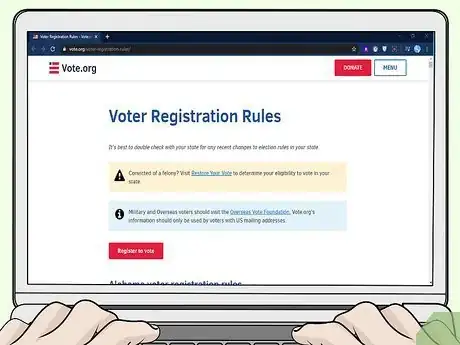
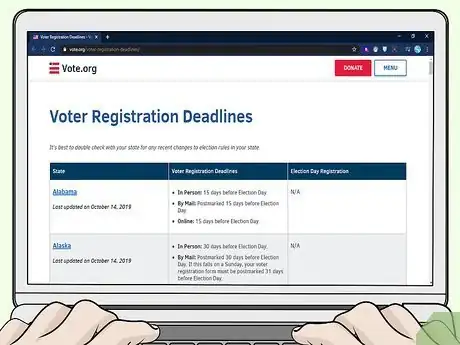
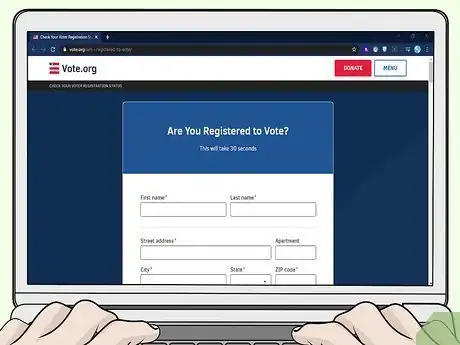
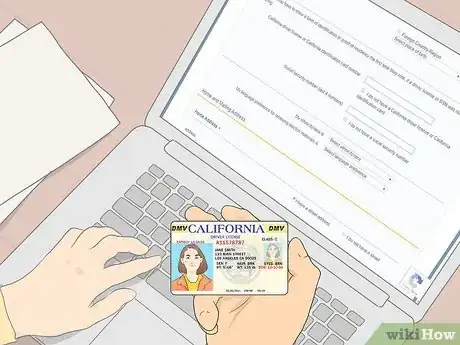

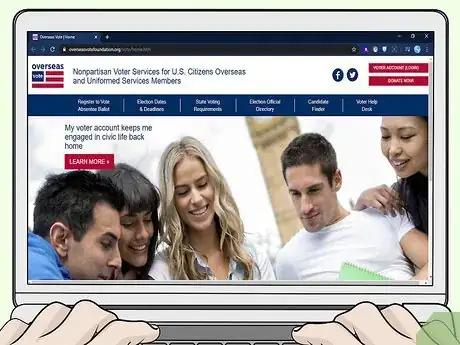
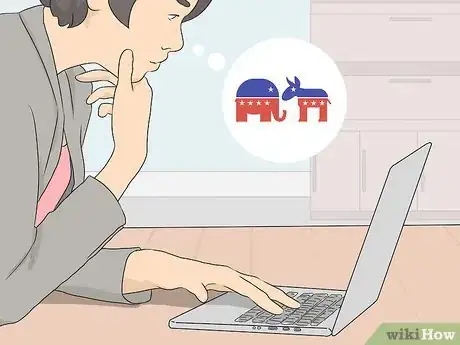
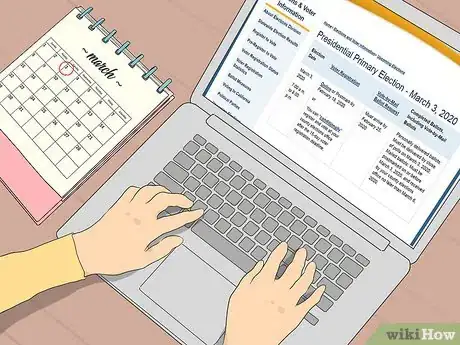

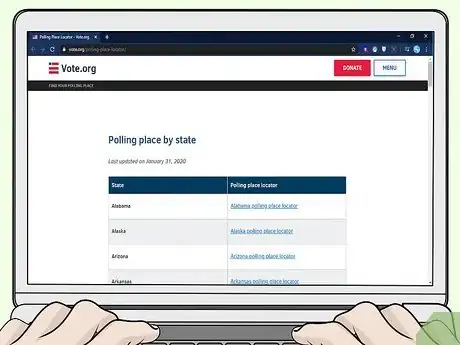
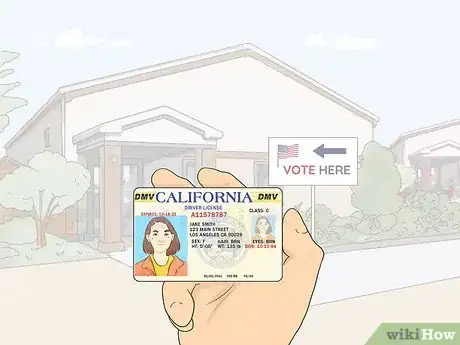

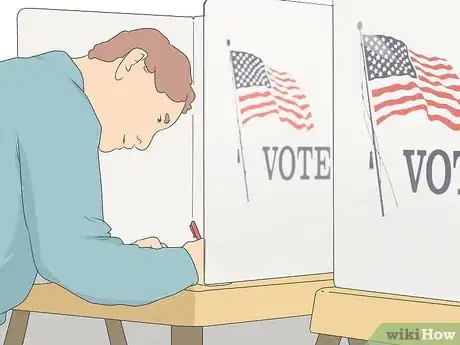
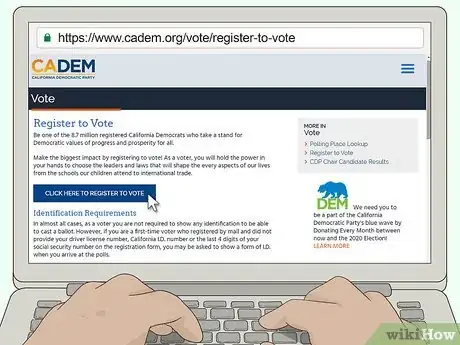
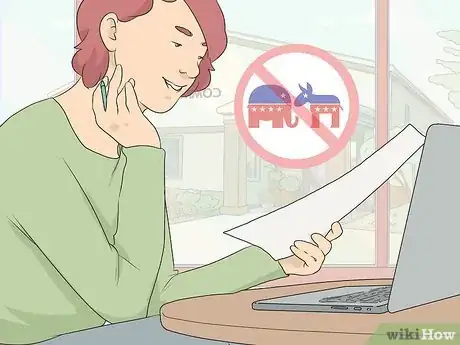
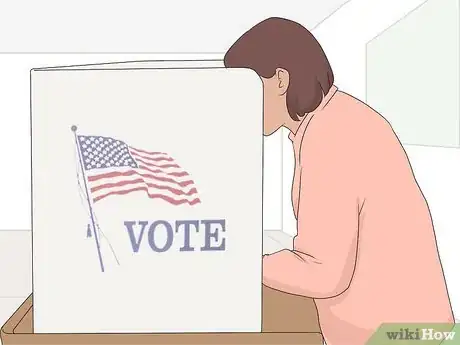

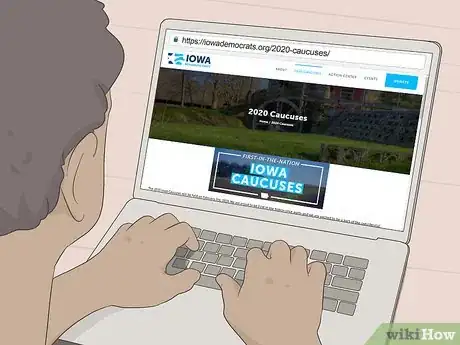
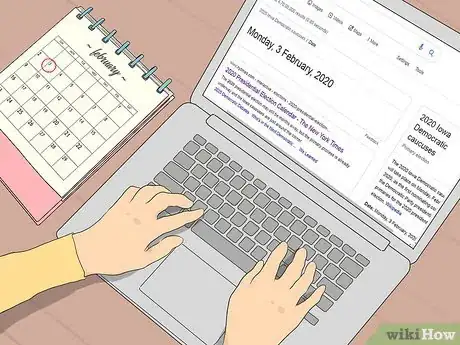

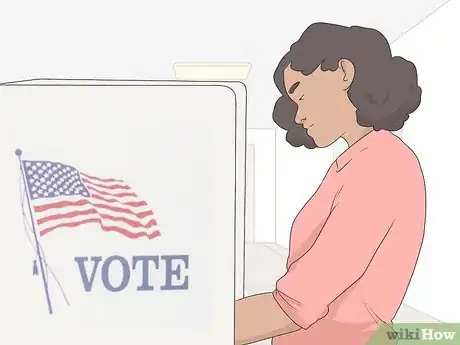


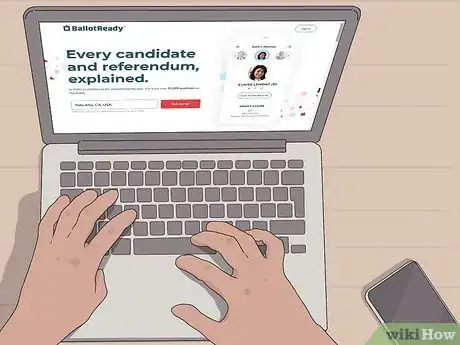









(3)-Status-of-a-Nonprofit-Step-1.webp)











